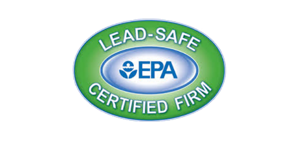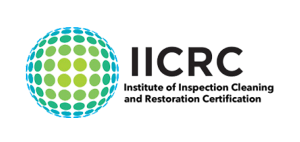Did You Know?
The Mold Remediation Process
Mold remediation can be a large undertaking requiring proper identification, reporting, extraction, and more. Below, we have highlighted the process in which we address your mold concerns. If you have questions or concerns, or would like to get started with your mold remediation, give us a call.
Identify • Report • Consult
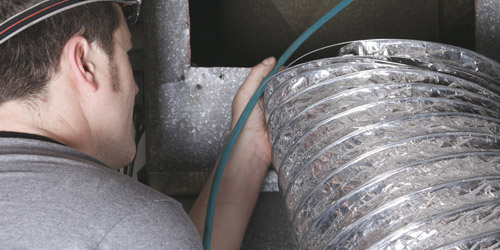
Step One
- Survey of property
- Identify the source of hazardous mold
- Review findings
Step Two
- Meter readings, photos and samples compiled
- Tests performed and compared
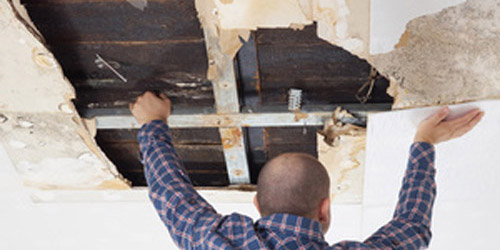
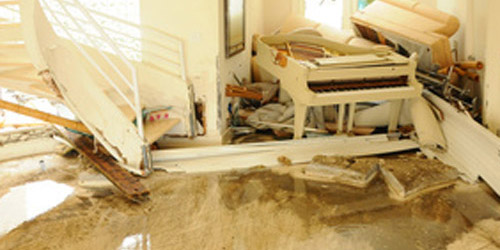
Step Three
- Data collection into a user-friendly report
- Consultation with client
Step Four
- Recommend course of mold removal based on test results
- Mold Remediation planned
- Consultation on preventative measures and upkeep
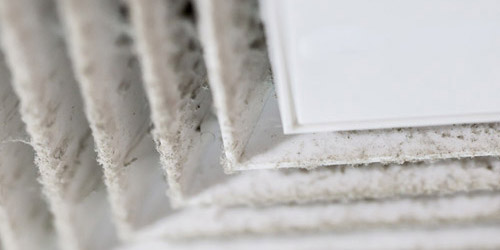
Extract • Decontaminate • Restore
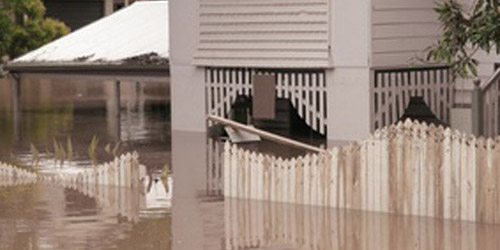
Getting rid of the humidity
- Fixing the source of the mold infestation
- Extracting humidity and excess moisture from surfaces and area
Ridding the mold
- Containment and mold removal
- Sealants and anti-fungal coatings
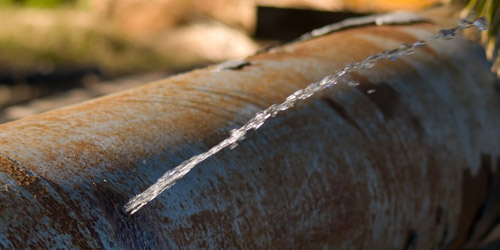
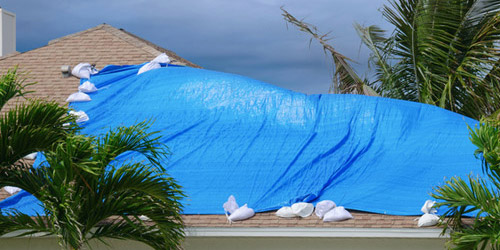
Proactive Consulting
- Client consultation
- Clearance testing
- De-humidification
Restoration of property damage
- Replacement of drywall, subfloors, and other building materials
- Minor property repairs from mold damage
- Reconstruction of various areas or rooms in a home or business.
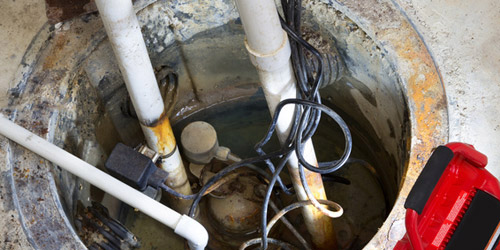
Hazardous mold in your home or commercial property can cause health issues ranging from uncomfortable irritations and allergies to serious organ damage from mycotoxins. Mold can also cause damage to your property and harm structural framing. Since any disturbance of existing mold can amplify the hazards by releasing spores into the air, professional mold remediation is a highly technical and regulated necessary procedure.
If you suspect you have mold in or on your property, call us today to request a mold removal / mold remediation assessment. Our experts are licensed and trained to identify and remove dangerous mold, safely and effectively.
Current evidence indicates that allergies are the type of diseases most often associated with molds. Since the reaction of individuals can vary greatly either because of the person’s susceptibility or type and amount of mold present, sampling and culturing are not reliable in determining your health risk. If you are susceptible to mold and mold is seen or smelled, there is a potential health risk; therefore, no matter what type of mold is present, you should arrange for its removal. – Centers for Disease Control and Prevention


